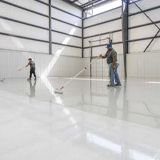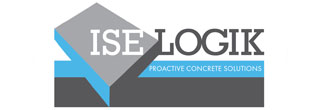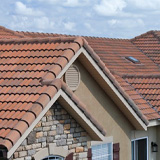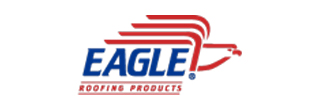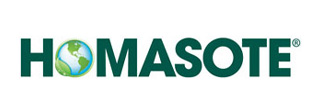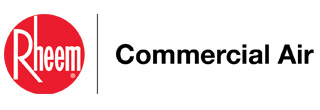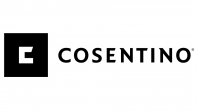JOIN US IN YOUR CITY • REGISTER BELOW • ATTENDANCE REPORTED ON A PER-PRESENTATION BASIS
Atlanta, GA - Tuesday October 11, 2022

Atlanta, GA
Event Date
Tuesday October 11, 2022
7:30 am - 5:30 pm
Available Credits
Up to 8 AIA HSW/LU CE Hour(s)
Up to 6 GBCI General Hour
Up to 1 RCEP PDH(s) for Engineers
Maggiano's Little Italy Buckhead
3368 Peachtree Rd
Atlanta, GA 30326
Atlanta, GA 30326
Event Agenda
Tuesday, October 11, 2022
7:30 am
|
|
8:00 am
|
Sponsored By Cambridge Air Solutions 1 AIA HSW/LU CE Hour(s) 1 GBCI General Hour Learning Objectives:
|
9:10 am
|
Sponsored By All Weather Insulated Panels 1 AIA HSW/LU CE Hour(s) 1 GBCI General Hour Learning Objectives:
|
10:20 am
|
Sponsored By Chamberlain Group 1 AIA HSW/LU CE Hour(s) 1 GBCI General Hour Learning Objectives:
|
11:30 am
|
Sponsored By ISE Logik Industries 1 AIA HSW/LU CE Hour(s) Learning Objectives:
|
12:30 pm
|
|
1:00 pm
|
Sponsored By Eagle Roofing 1 AIA HSW/LU CE Hour(s) 1 GBCI General Hour Learning Objectives:
|
2:10 pm
|
Sponsored By Homasote 1 AIA HSW/LU CE Hour(s) 1 GBCI General Hour Learning Objectives:
|
3:20 pm
|
Sponsored By Rheem Commercial Air 1 AIA HSW/LU CE Hour(s) 1 RCEP PDH(s) for Engineers Learning Objectives:
|
4:30 pm
|
Sponsored By Cosentino 1 AIA HSW/LU CE Hour(s) Learning Objectives:
|
State CE Requirements
|
Professional Licensing Boards Division (478) 207-2440 Renewal Cycle: Biennial Total Hours Required: 24 Detailed Hours Required: 16 HSW Renewal Deadline: June 30, odd years |
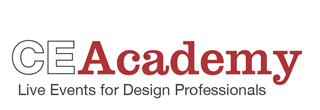
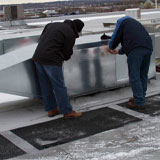
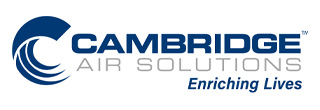
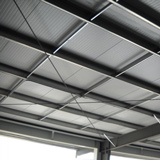

.jpeg)

